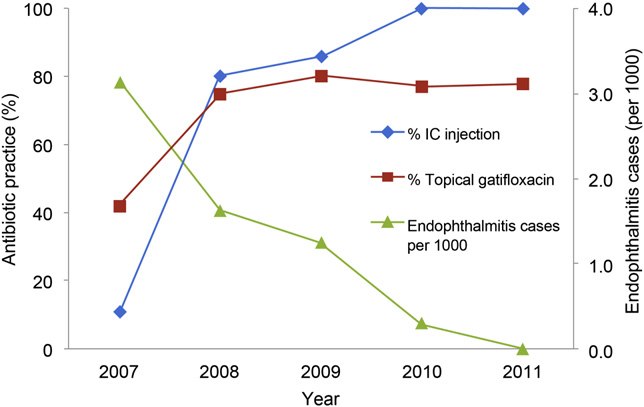Formerly: the jockey club of southern africa
RACING AND EQUESTRIAN CLUB RACING DEPARTMENT Tel: +974 – 4825 703 and 4825 705 Fax: +974 – 4806056 Website: www.qrec.gov.qa Thursday, 21st April, 2011 General Manager Racing & Equestrian Club (REC) Al Rayyan Park FOR ATTENTION: MR SAMI JASSIM AL BOENAIN Dear Sir, FOR THE DIRECTORS/STEWARDS OF THE RACING & EQUESTRIAN CLUB (REC) AND FOR THE CHAIRMAN OF THE RACING & E
 PROPHYLAXIS FOR POSTOPERATIVE ENDOPHTHALMITIS
A suspect endophthalmitis case was considered con-
firmed if clinical endophthalmitis was diagnosed by a KaiserPermanente retinologist based on time of onset, visualacuity, degree of inflammation, vitreous cells, clinical ap-pearance, and the administration of intravitreal antibioticsfor treatment. On querying the retinologists for this study,no cases were believed to represent toxic anterior segmentsyndrome. Cases were considered culture-confirmed if aque-ous or vitreous cultures were positive.
PROPHYLAXIS FOR POSTOPERATIVE ENDOPHTHALMITIS
A suspect endophthalmitis case was considered con-
firmed if clinical endophthalmitis was diagnosed by a KaiserPermanente retinologist based on time of onset, visualacuity, degree of inflammation, vitreous cells, clinical ap-pearance, and the administration of intravitreal antibioticsfor treatment. On querying the retinologists for this study,no cases were believed to represent toxic anterior segmentsyndrome. Cases were considered culture-confirmed if aque-ous or vitreous cultures were positive.